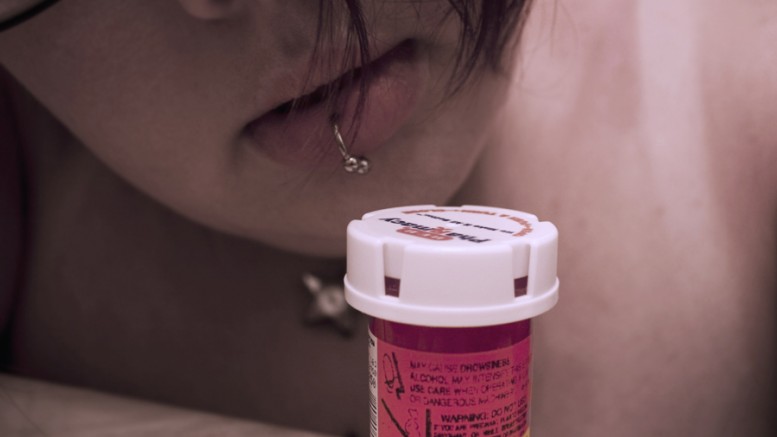The risk of blood clots and thromboembolic accidents may increase in patients who undergo hormone replacement therapy (HRT) as well as oral contraception. The plasma levels of estrogen can, in fact, influence the coagulation cascade, thus increasing the risk of clotting accidents. No general consensus has ever been achieved on whether HRT and contraception therapies could be considered risk-free in patients who already require blood thinner therapy. Patients who need to take blood thinners medications such as Warfarin or the Novel Oral Anticoagulants (NOACs), usually require long-term treatment. Sudden discontinuation of blood thinners is also associated with an increased risk of blood clots in the lungs and brain.
HRT and estrogen-based contraception are often employed by young women as well as elder ones to treat several conditions other than just birth control. HRT represent an osteoporosis prophylaxis therapy option, as well as an effective treatment for postmenopausal symptoms. Official guidelines, however, give no clear indication of whether estrogen therapy is safe during blood thinner therapy, as clinical data about this interaction is lacking and often contradictory.
A new study published in the medical journal of the American Society of Hematology (ASH), Blood, found some interesting data about the actual risk of estrogen contraception during blood thinner therapy. Results from the study led by Dr. Martinelli at the Italian Hemophilia and Thrombosis Center A. Bianchi Bonomi in Milan indicated that estrogen contraception could be safely used in patients who take blood thinners. Evidence showed no risk of blood clots in patients who took both medications.
All the 1,888 women analyzed in the study received one anticoagulant medication. This data came from the recent EINSTEIN-DVT and PE study, so the blood thinners used were either Xarelto (Rivaroxaban) for the most part, or Enoxaparin plus Vitamin K antagonist (VKA). 475 women were advised to use birth control methods to protect them from a possible risk of Xarelto birth defects. The research team led by Dr. Martinelli compared the incidence of abnormal uterine bleeding and recurrent blood clots between the group under HRT treatment and the one who just took the blood thinners.
The rate of blood clots in patients who took either estrogen- or progestin-based therapies was 3.7% per year while those who did not take HRT showed a rate of 4.7%. Comparable results were found regarding the rate of abnormal uterine bleeding. A rate of 22.5% per year was found in patients who underwent HRT, while those who took no estrogen showed a rate of 21.4%.
On the other hand, though, the risk of abnormal uterine bleeding in patients taking rivaroxaban was significantly higher than in those under Enoxaparin/VKA. The risk of uterine bleeding was almost doubled (29.8% per years vs. 15.5% per year), showing that regardless of Xarelto safety during contraception, the NOAC still possesses an inherently higher risk of uncontrolled bleeding events.
Article written by Dr. Claudio Butticè, PharmD.
REFERENCES
- Martinelli, Ida, et al. Recurrent venous thromboembolism and abnormal uterine bleeding with anticoagulant and hormone therapy use. Blood. Prepublished December, 22, 2015. http://dx.doi.org/10.1182/blood-2015-08-665927
- Norris LA, Bonnar J. Haemostatic changes and the oral contraceptive pill. Baillieres Clin Obstet Gynaecol. 1997 Sep; 11(3):545-64.
- Koh KK. Effects of hormone replacement therapy on coagulation and fibrinolysis in postmenopausal women. Int J Hematol. 2002 Aug;76 Suppl 2:44-6.
- WebMD. Abnormal Uterine Bleeding-Treatment Overview. http://www.webmd.com/women/tc/dysfunctional-uterine-bleeding-treatment-overview (Accessed Dcember 2015)
